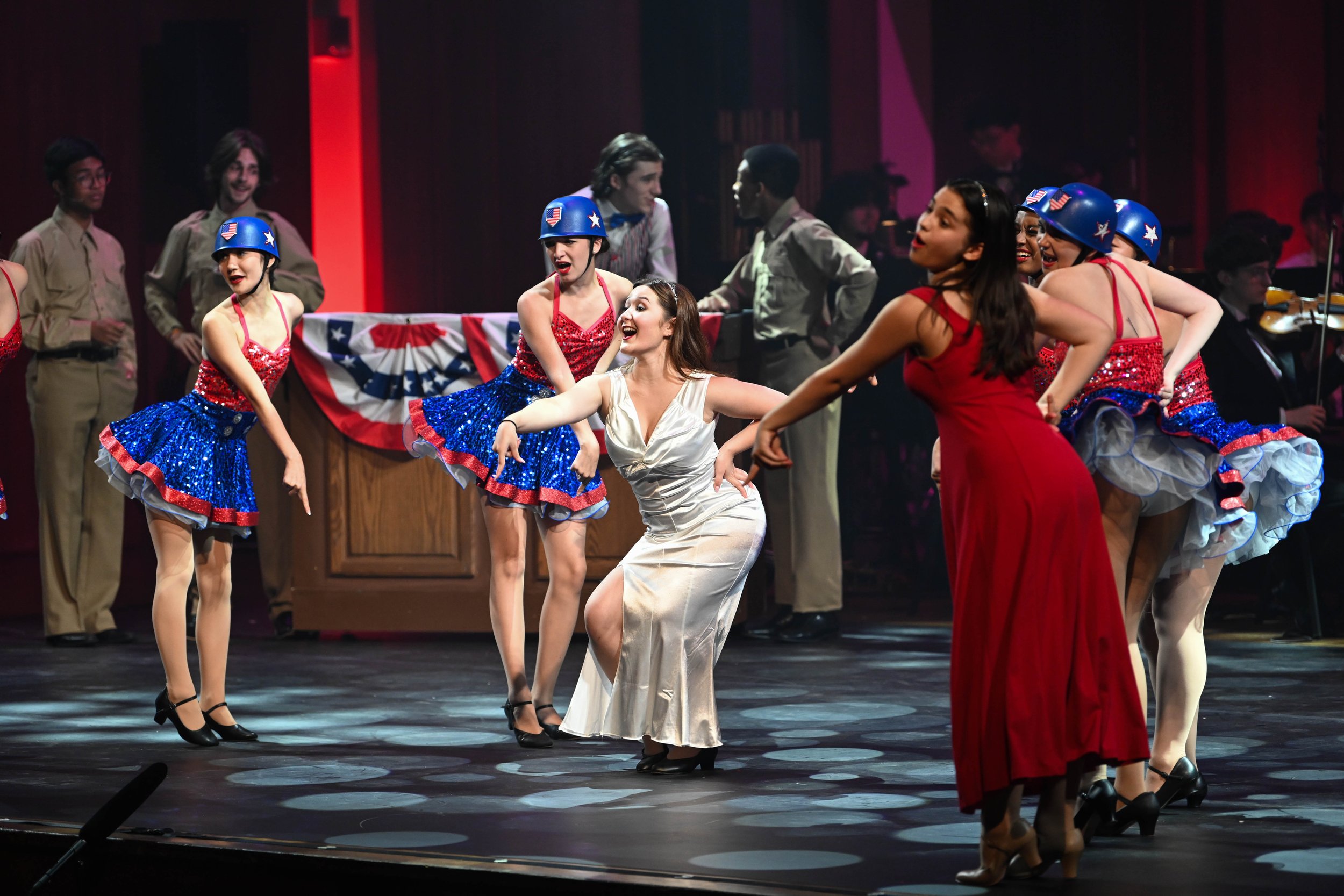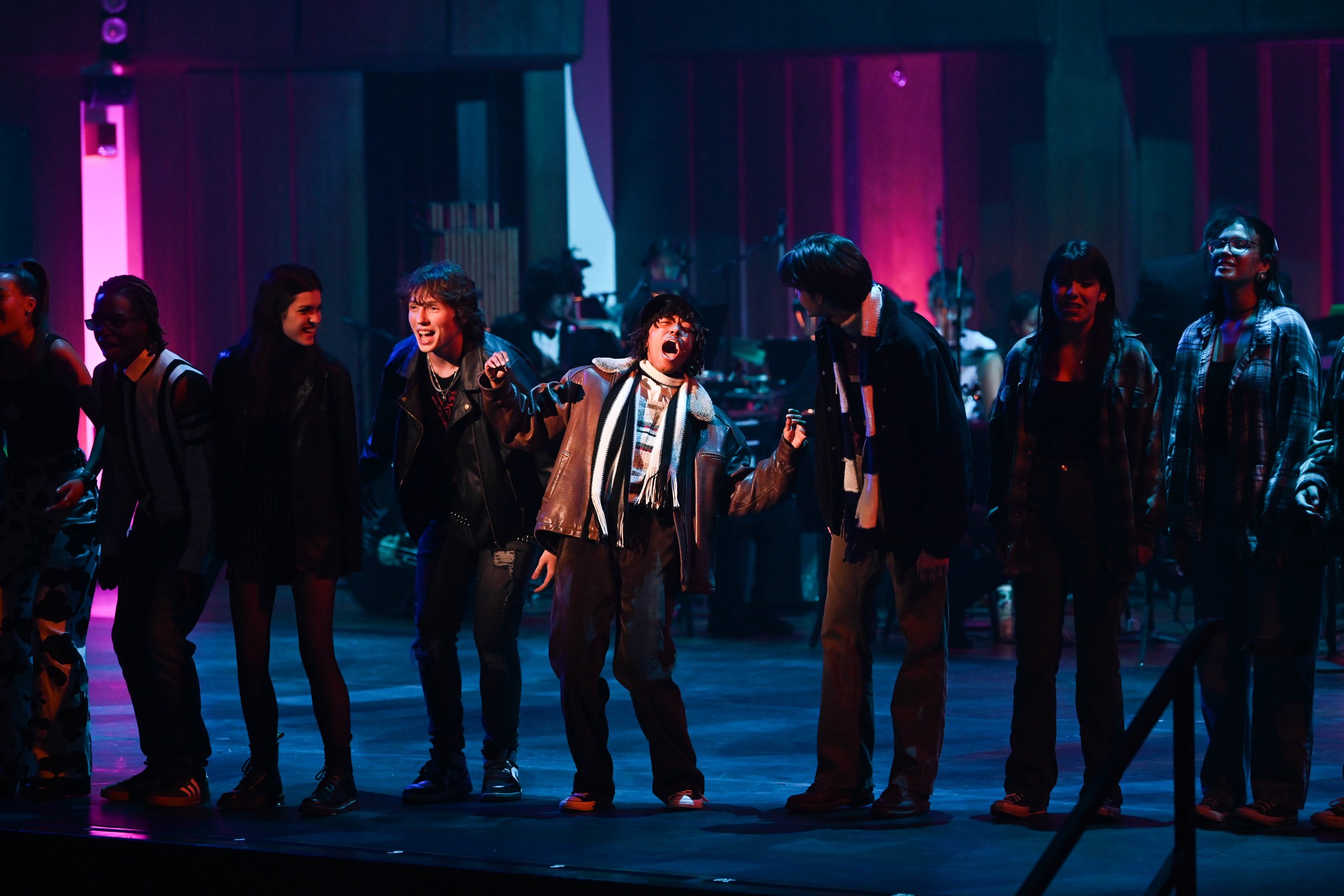
The National Capital Area Cappies
What is the Cappies?
The Cappies is a writing and awards program that trains high school theatre and journalism students to be expert writers, critical thinkers, and leaders. Student critics vie to be published in local media outlets by attending productions at other schools and writing critical reviews.
Cappies NCA has 46 participating schools from around the DMV, including schools from the following distrcits:
Alexandria Public Schools
Arlington Public Schools
The Diocese of Arlington
District of Columbia Public Schools
Fairfax County Public Schools
Falls Church City Public Schools
Loudoun County Public Schools
Montgomery County Public Schools
Prince William County Public Schools













Contact us.
AdminNCA@cappies.org
(877) 902-2779
